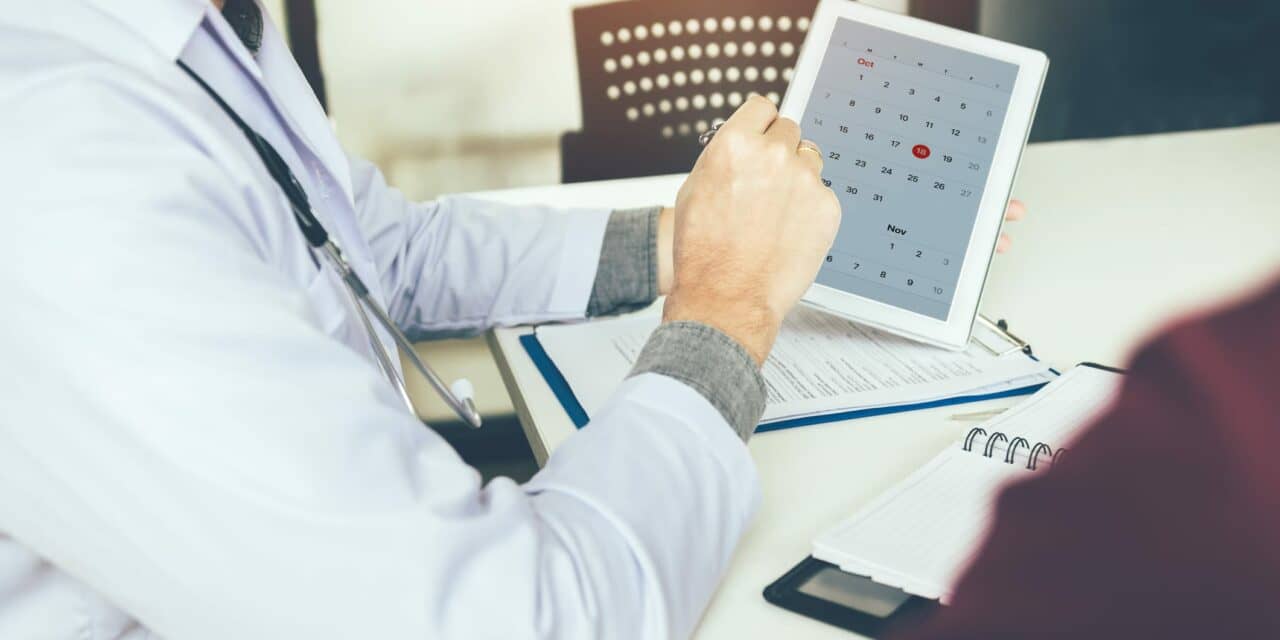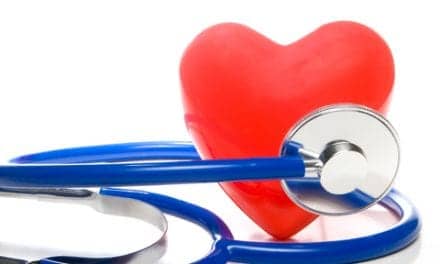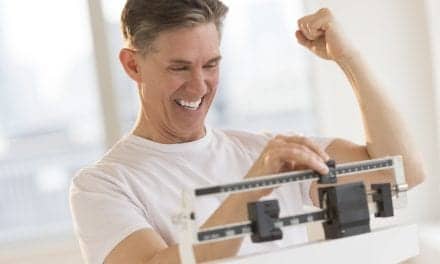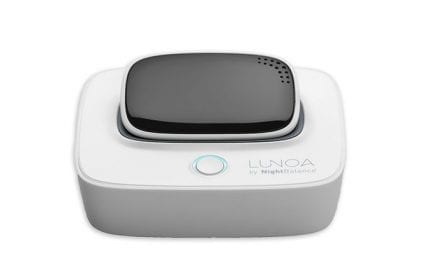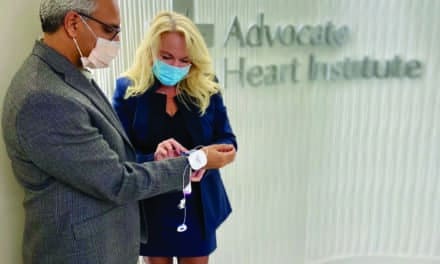Neurostimulation for sleep apnea doesn’t have decades of patient data like CPAP, but Inspire and remedē’s 1- and 5-year outcome studies show sustained benefits.
By Lisa Spear
A sleep scientist recently told me what he believed might be a legend: In the early days of sleep medicine, when physicians encountered a patient with severe sleep apnea, the remedy was to cut a hole in the person’s throat—a tracheostomy.
On further investigation, I found that this is not just medical mythology. Forty years ago, physicians turned to tracheostomies as one of the only ways to alleviate the obstructions that cause sleep apnea. While virtually 100% effective, these surgeries are disfiguring and side effects can include recurrent bronchitis and abnormal growths in the trachea.1
In the 1980s, Australian scientist Colin Sullivan, PhD, invented the nasal CPAP machine, an innovation that led to a boom in awareness about sleep apnea.2
Several decades have passed and we now have a much clearer understanding of the mechanisms behind sleep apnea, and with this understanding has come another growth spurt in ingenuity within sleep medicine—the development of neurostimulation to treat sleep apnea.
Inspire Upper Airway Stimulation is one such neurostimulator. It was approved by the US Food and Drug Administration in 2014 to treat obstructive sleep apnea. It is the culmination of decades of development and research, says Kent Lee, MS, MBA, a research fellow at Inspire Medical Systems, who helped develop the technology. Since it became available, many patients have seen positive results, including in the long term.
“Where the idea came from was work in the ’80s, where scientists were trying to understand the root cause of sleep apnea,” Lee says. “One of the things that they understood was that they knew that the EMG [electromyography] activity of muscles around the tongue actually decreased around periods of apnea. So the first thought was, okay, we know that the muscle itself is responsible for sleep apnea and how do we go after that as a mechanism for treatment.”
Using that muscle activity as a target proved fruitful—and sustainable. Inspire’s STAR clinical trial 5-year outcomes showed improvement in sleepiness (as measured by the Epworth Sleepiness Scale), with normalization of scores increasing from 33% to 78%. The apnea-hypopnea index (AHI) response rate at 5 years (AHI <20 events per hour and >50% reduction) was 75%. When a last observation carried forward analysis was applied, the responder rate was 63% at 5 years, while serious device-related events all related to lead/device adjustments were reported in 6% of patients.3
Real-world data from patients treated with neurostimulation is also available for up to one year of use via the ADHERE registry. This multi-center international registry of patients with moderate or severe obstructive sleep apnea treated with Inspire shows a dramatic improvement in symptoms. Particularly, the data shows large drops in the AHI. After 12 months, the median AHI was reduced from 32.8 to 9.5. Serious adverse events were reported in 2.3% of patients.4, 5
“These are real-world results,” says Lee. “These patients had a really dramatic reduction in their AHI.”
Patients also reported feeling less tired as demonstrated by results derived from the Epworth Sleepiness Scale. The mean score documented in the registry dropped from 11.0 to 7.0.
Patients in the registry used the device more hours than what is typically seen in those who use CPAP. Neurostimulation was used 5.6 ± 2.1 hours per night after 12 months.
“I think this paints a really amazing picture, right?” Lee says. “Patient satisfaction is really high, and importantly, they are able to use the therapy.”
For those patients with central sleep apnea, there is also long-term data available for the remedē system, which targets the phrenic nerve. Data collected over five years shows the system led to a 96% reduction in central apneas. Patients experienced fewer arousals during the night as well.5, 6
“It is an important milestone for a therapy to demonstrate sustained patient safety and benefit over five years,” says Robin Germany, MD, chief medical officer of ZOLL Respicardia, which markets remedē.
Lee says the data show particularly good news for patients who may struggle to get accustomed to CPAP. “It is very clear that there are patients, who for whatever reason, had a hard time adjusting to CPAP, and they are super symptomatic,” says Lee. “They just had to live with being constantly tired.”
“To have another treatment option out there for patients makes just a huge difference,” Lee says. It’s also reassuring that the data shows that the difference is sustainable.
Lisa Spear is associate editor of Sleep Review.
References
1. Conway WA, Victor LD, Magilligan DJ Jr, et al Adverse effects of tracheostomy for sleep apnea. JAMA. 1981 Jul 24-31;246(4):347-50.
2. Sullivan CE, Issa FG, Berthon-Jones M, Eves L. Reversal of obstructive sleep apnoea by continuous positive airway pressure applied through the nares. Lancet. 1981 Apr 18;1(8225):862-5.
3. Woodson BT, Strohl KP, Soose RJ, et al. Upper airway stimulation for obstructive sleep apnea: 5-year outcomes. Otolaryngol Head Neck Surg. 2018 Jul;159(1):194-202.
4. Thaler E, Schwab R, Maurer J, et al. Results of the ADHERE upper airway stimulation registry and predictors of therapy efficacy. Laryngoscope. 2020 May;130(5):1333-8.
5. Suurna MV, Steffen A, Boon M,et al; ADHERE Registry Investigators. Impact of body mass index and discomfort on upper airway stimulation: ADHERE Registry 2020 Update. Laryngoscope. 2021 Nov;131(11):2616-24.
5. Costanzo MR, Javaheri S, Ponikowski P, et al. Transvenous phrenic nerve stimulation for treatment of central sleep apnea: five-year safety and efficacy outcomes. Nat Sci Sleep. 2021;13:515-26,

